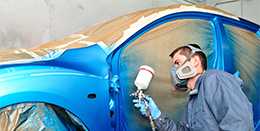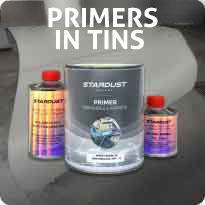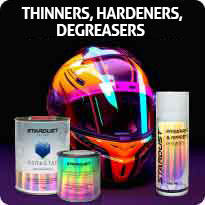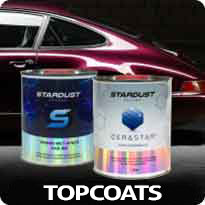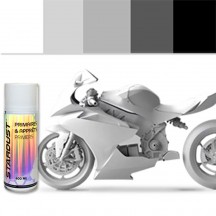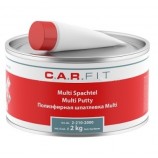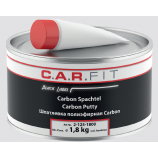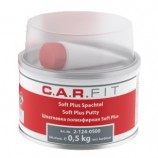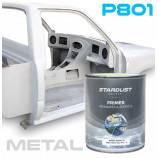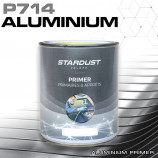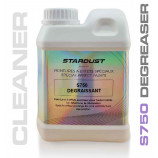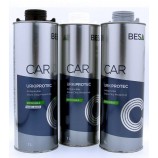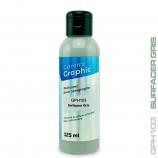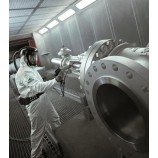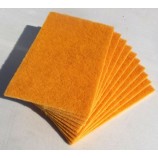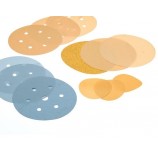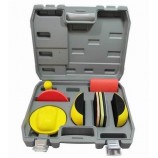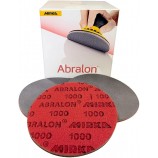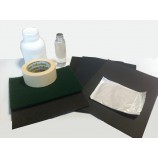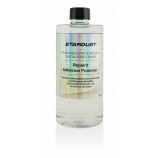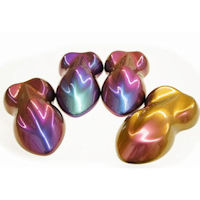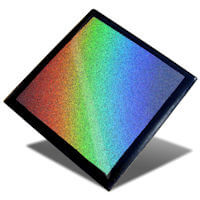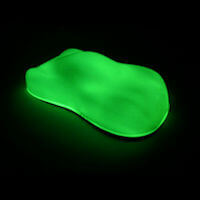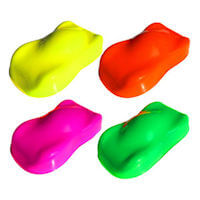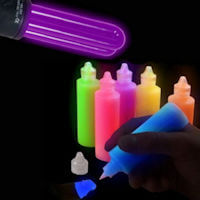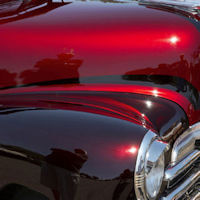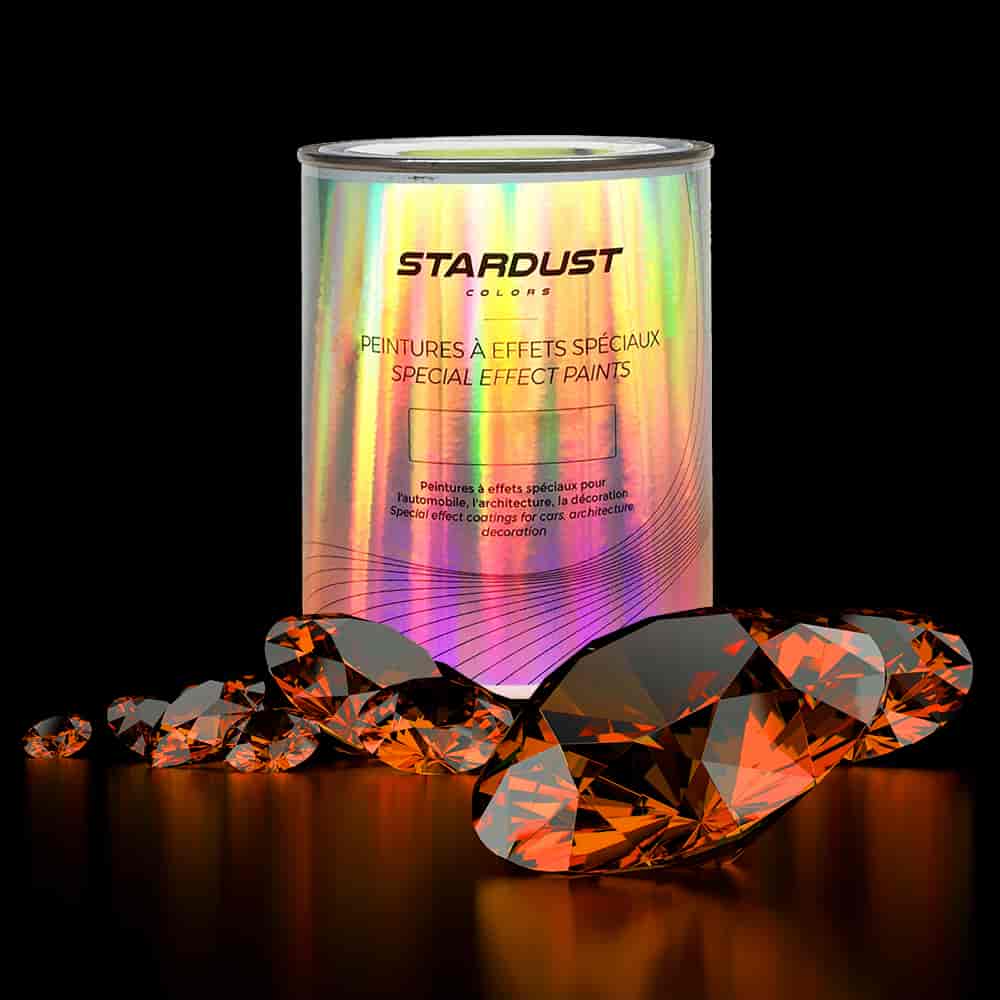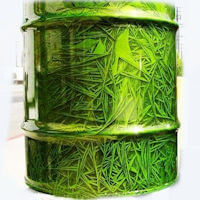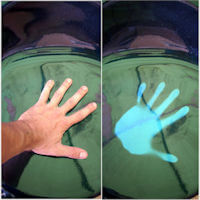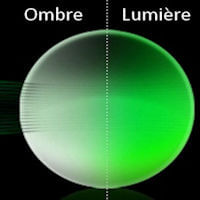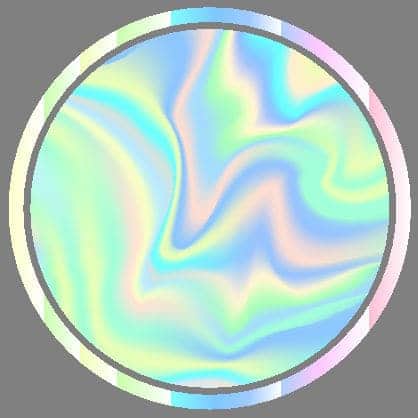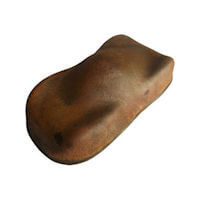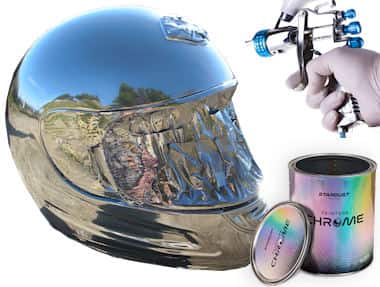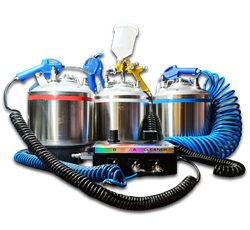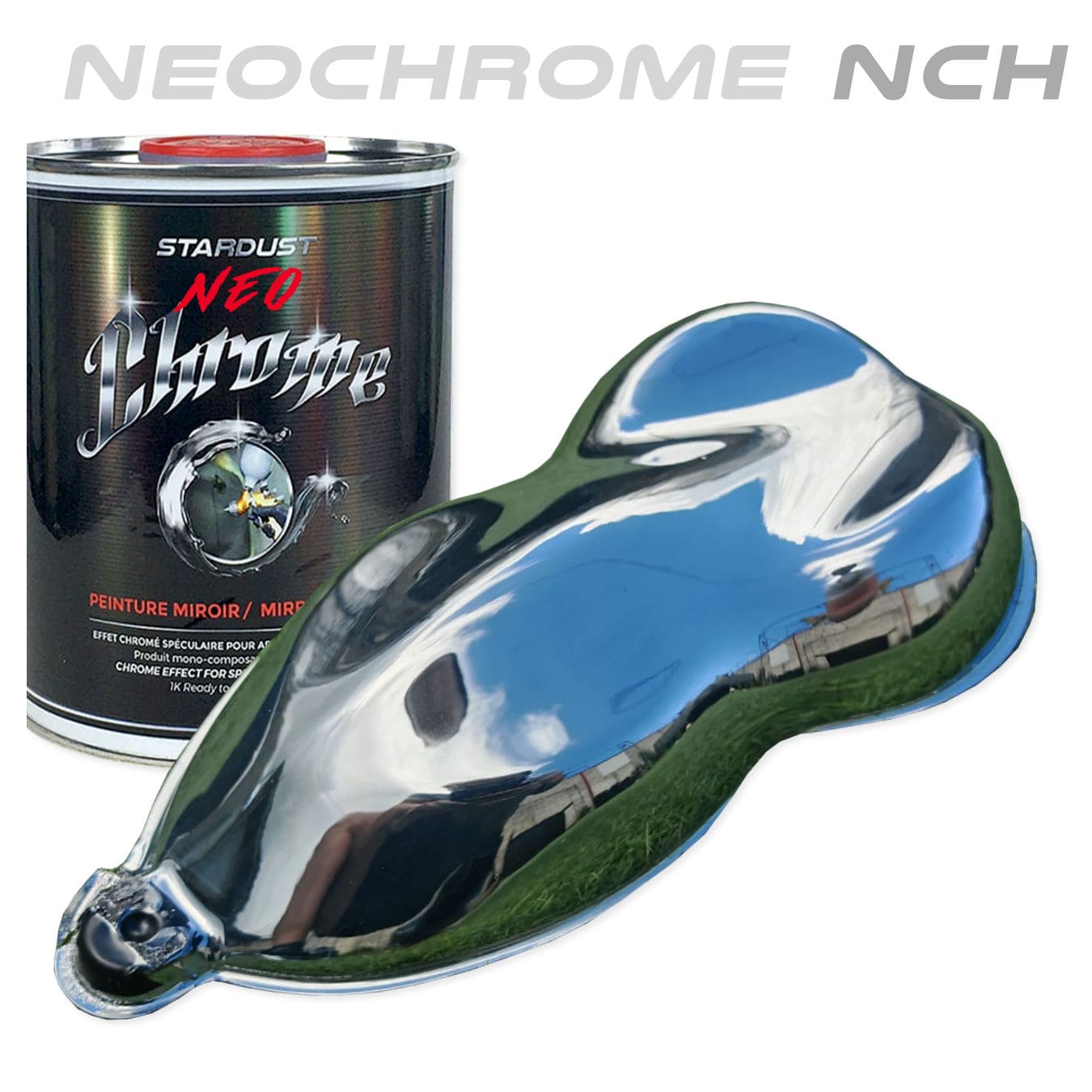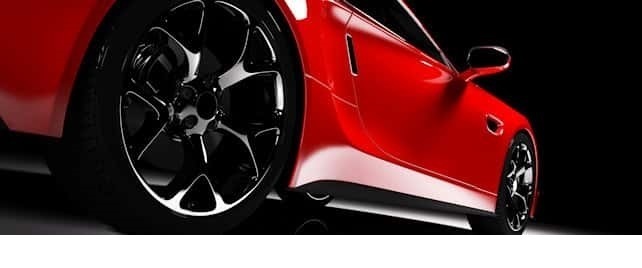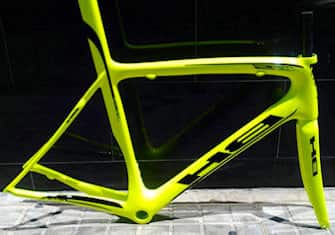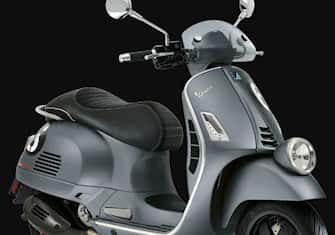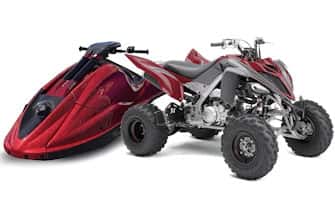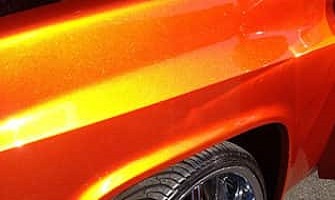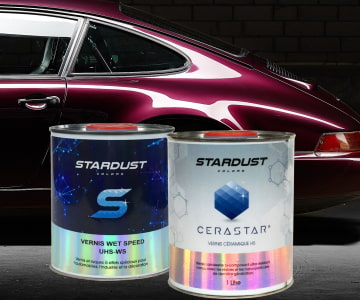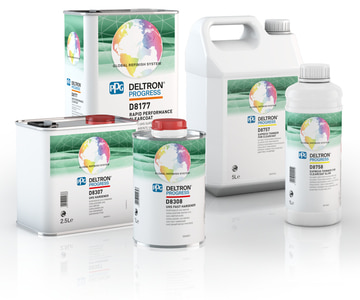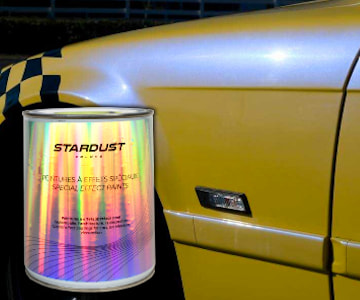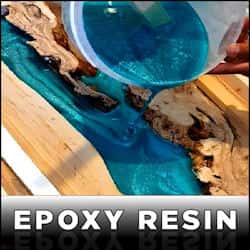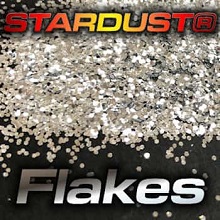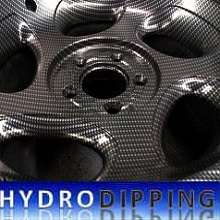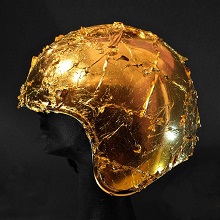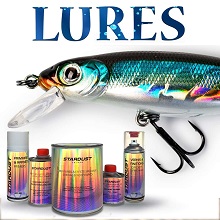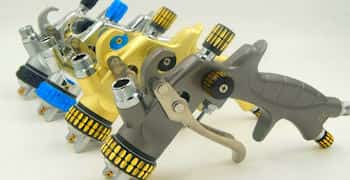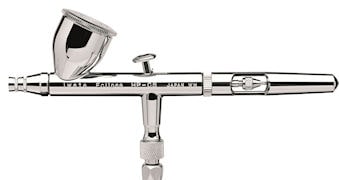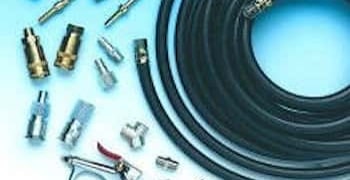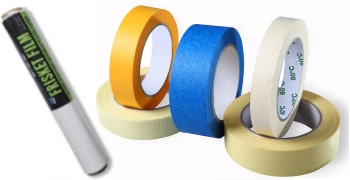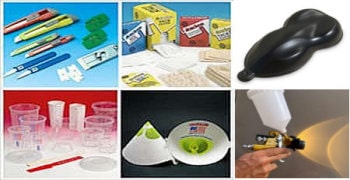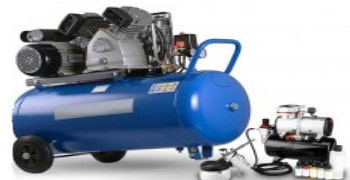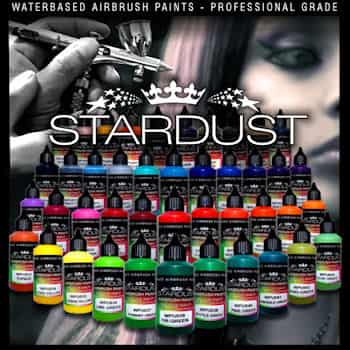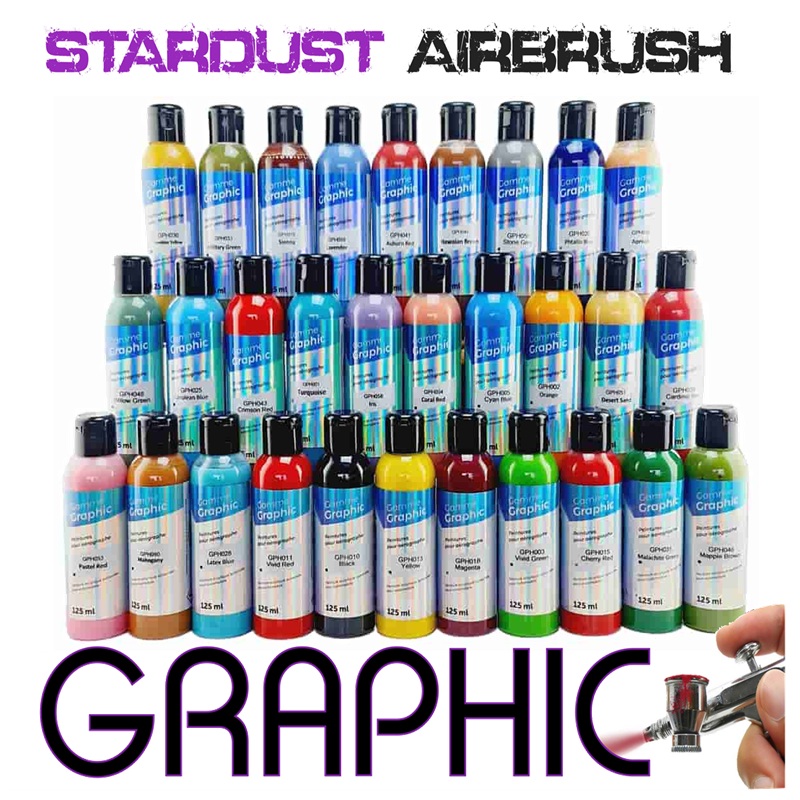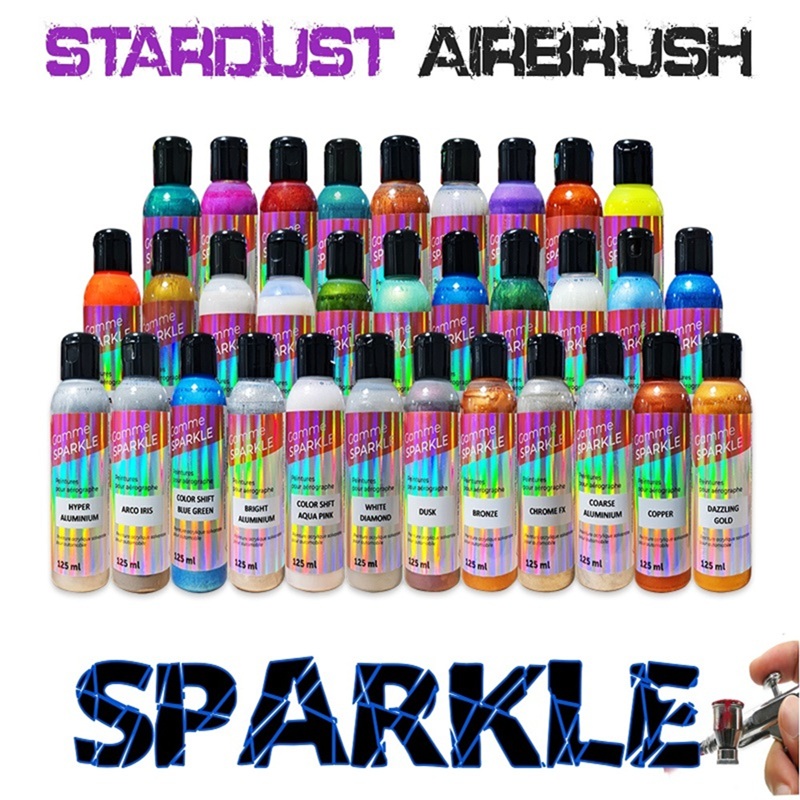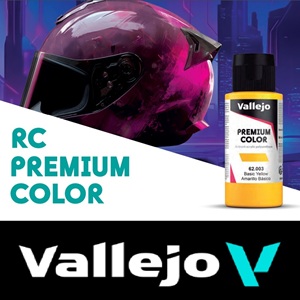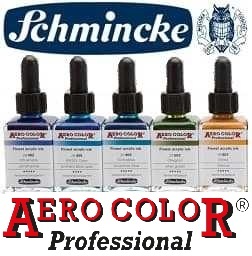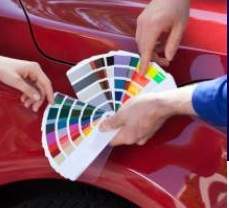To form the foundation work of the paint, just before the other types of motorcycle paints, there is a series of products called primers that are applied before the paint and clearcoat. We will detail and explain here the different types of primers for motorcycles and their roles (APP), which are mainly: ADHERE, PREPARE, PROTECT.
Each motorcycle paint primer is suitable for a specific material and surface. There are universal primers, but their effectiveness is of course less specialised and not as good.
Adhering :
On a motorcycle, when you want to apply a “brand new” paintwork on the fairings, the existing surface is usually neither plastic nor metal: it is clearcoat, meaning the old finish present on the bodywork. After light sanding, adhesion presents no difficulty and no primer is needed.
The other roles of a motorcycle paint primer
Motorcycle body parts can be made from different raw materials, such as plastics, fibreglass, a stripped steel tank, aluminium or alloy fork heads or rims, and sometimes carbon or chrome. On each of these materials, if you paint without primer, you will inevitably see delamination at the slightest impact. Each material has its own specific primer to guarantee infallible adhesion.
Preparing :
Preparing the surface to be painted is a specific manual process (cleaning, sanding, degreasing), but it is also the role of a motorcycle primer to smooth, level, and fill. This is the role of the filler (to block and fill) in the first step, and it is the role of the surfacer filler that is applied with a spray gun or an aerosol in the second step. With a motorcycle filler primer, the surface is perfectly smooth and primed.
Protecting :
This is the function of a motorcycle primer for metal: its anti-corrosion action protects the metal from oxidation that can develop under the paintwork.
Multi-function or universal primers
There are products that work quite well on plastics, metals, etc. There are opaque or transparent products. And there are also products that are absolutely poor in quality and should be avoided (such as aerosols sold in mainstream stores).
You can use a universal primer if you have several types of surfaces and do not want to buy different products. However, if you want maximum quality and a guarantee of performance, it is better to use products specially designed for each type of surface.
How to fill fibreglass ?
After repairing a fairing with fibreglass, or following the manufacture of a carbon fibre part, the surface may be uneven. Of course, it must be levelled and filled with a thick product before painting: two solutions for two cases:
1 - If you want to fill and smooth the fibreglass, you must use filler: we offer various types. If you want to keep the flexibility of the parts, you must apply a minimum thickness. In addition, concentrated flexibiliser can be added.
2 - If you want to fill and level a carbon part but keep the transparency, then you must use the epoxy glaze 4000, which allows you to pour a coat from 1 to 10 mm thick.







